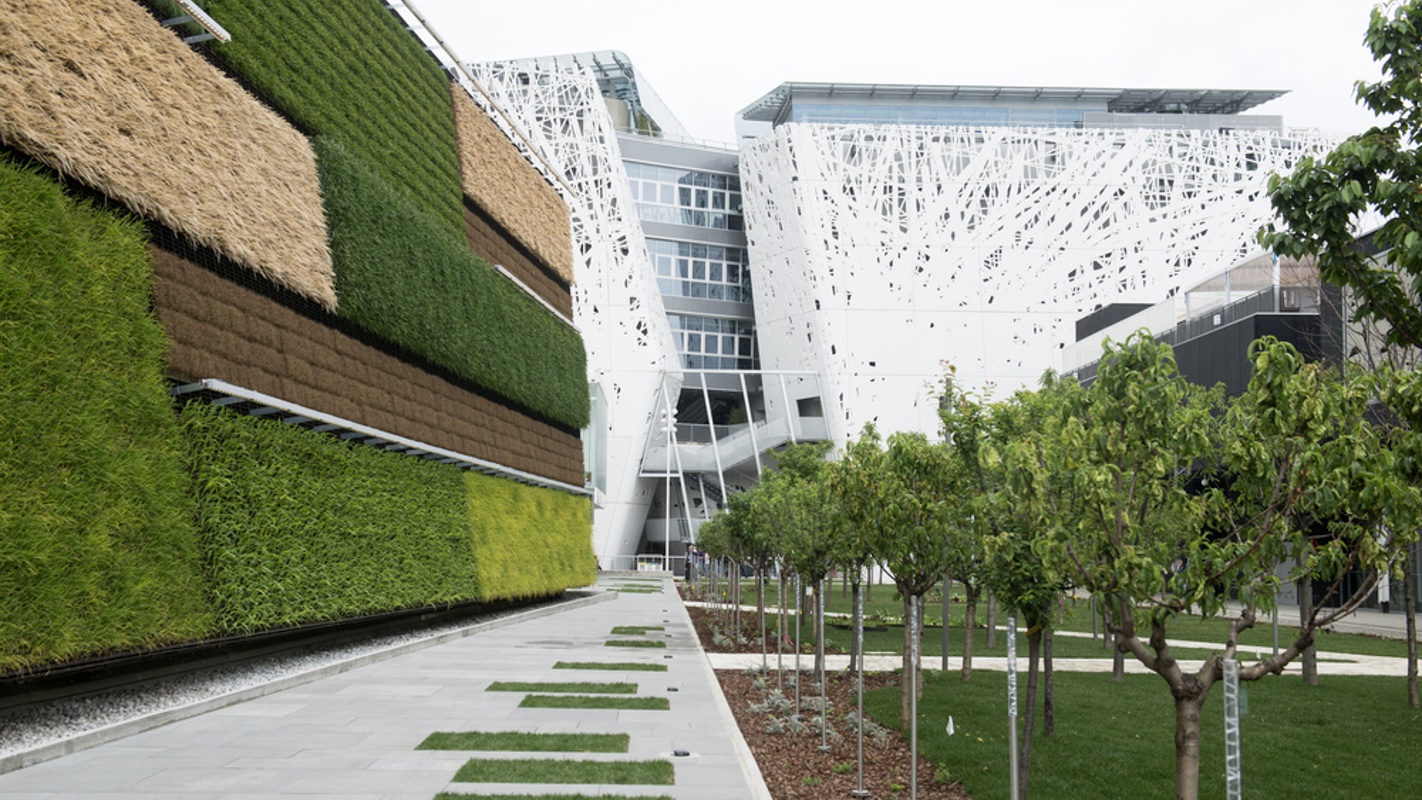
Planning the landscape architectural design for a development project in Utah -or anywhere else for that matter- can be an unfamiliar and challenging endeavor. With millions of dollars in potential leasing or sale revenue at stake, a high-end landscape design can make the difference between attracting new customers or losing them to a competitor.
Having said that, architects and developers often overlook the value and importance of a well-thought out landscape architectural and site design, not knowing that shopping centers, mixed-use, and office buildings alike do benefit significantly from relevant and inventive landscape architectural and site design. It increases property’s value, allows for increased lease rates, and attract more of the right high value potential tenants, buyers and visitors.
Here are ten of the most common mistakes that architects and developers should avoid at all costs.
1. Not having a clear vision
First things first. What do you want to achieve? Are you trying to attract more of the right people to your development property? Then investing in enhancements like sculptural water features or interesting hardscape materials and layouts should be a top priority.
2. Not understanding the costs involved
Once you decide what you want to achieve, it’s time to think about cost. You don’t want to be in the middle of a project and realize you’ve run out of funds. Consider all the factors that impact landscape architectural costs, including site work, feasibility studies, site furnishings, landscape lighting, technology integration, sound systems, hardscape and softscape elements.
3. Not thinking before you spend
The challenge is to create outdoor environments that are beautiful and appealing in their form while offering functionality and a solid return-on-investment. A tasteful, thoughtfully planned and expertly executed landscape architectural design project creates a cohesive relationship to the building and a functional gathering and other engaging landscape amenities that attract discriminating tenants and buyers who appreciate and value architecture and landscapes that relate and work together.
4. Not knowing and serving your target demographic
Landscape architectural site design and people interact in many different ways, and so it’s important to design inclusively with customers in mind: how will different areas look and feel from different perspectives? What will people see when they first drive into the parking lot, walk on the paths and walkways, and gaze out their windows?
Think in terms of shaded benches and seating areas, water and fire features, detailed walkways and patios, cohesive planter areas of maximized green areas, ambient landscape lighting and sounds, etc.
5. Failing bring more green into your surroundings
A landscape architectural design that accommodates green features will yield amazing results in terms of sustainability, cutting down operating costs by introducing recycling as well as water and energy preservation systems. All of this will result in decreased upkeep and lower water and electricity bills, making it one of the best long-term solutions for growth and success.
6. Neglecting safety as a top priority
No one wants their employees and customers to get hurt on the premises, and you definitely don’t want to face a lawsuit. It’s important that you have proper lighting around the building’s outdoor areas so that people can see clearly, especially when there are level changes such as steps and ramps. It’s also vital to have an ongoing ice and snow removal plan. Make sure that the landscape architect who creates and installs the landscape design provides you a maintenance manual at the end of the project.
7. Settling for a static look
Going for a fixed landscape design that looks the same all year round will eventually acquire a static look and feel. This is the number one mistake that most architects make. A tree here, a flowerbed there, and over a period of months or even years, the space is eventually filled. But in the end, instead of looking like a singular concept and design, there is no continuity, no blending of colors and textures, and no complementary design elements. The result is low interest by the very people you are trying to attract; once they are exposed to it for a long period of time, it begins to lose its appeal.
8. Disregarding the positive impact of landscape lighting
When planning a budget for landscape architectural design, lighting is rarely mentioned. With so much time and money invested in creating a beautiful outdoor environment, it’s unfortunate that much of it isn’t seen after the sun sets. Lighting can highlight the aesthetic appeal of your property at night, illuminate parking areas and walkways, and make your customers feel safe and secure.
9. Overlooking the value of outdoor amenities
An outdoor space full of vibrant color and innovative amenities goes a long way in keeping visitors and employees relaxed and invigorated. Overlooking such aspects is a grave mistake on the part of architects and developers. Available seating arrangements outside or in an established area covered by shade is great for people to get fresh air and refresh the mind. You can also have walking paths installed that can lead to common areas or stand alone.
10. Not partnering with a trusted landscape architect
Partnering with a trusted landscape architect is one of the first things a developer should do when undertaking a development project. Their mission is to bring the building’s outdoor areas to the highest level possible while relating them to the architectural design and programming. A skilled landscape architect will create a plan specific to your vision and budget, while also offering their expertise on how you can efficiently reach your goals.
